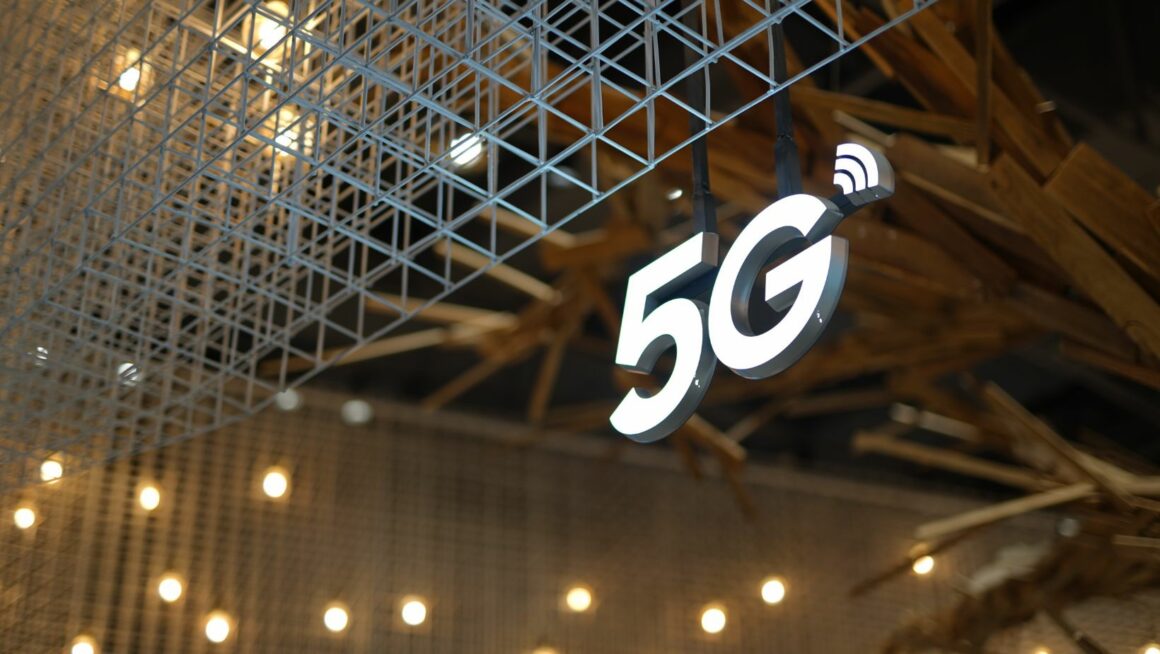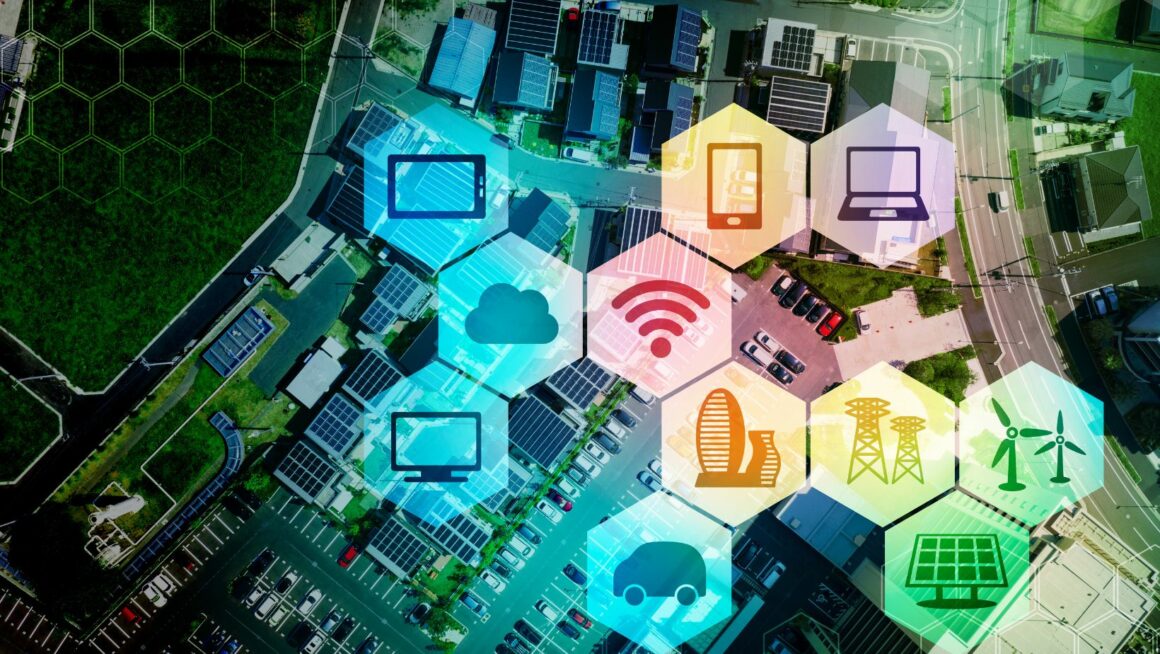As we stand on the brink of a technological revolution, 5G and the Internet of Things (IoT) are leading the charge. These two groundbreaking technologies are set to redefine the way we live, work, and interact. But what exactly is the 5G Internet of Things, and why is it important?
5G Internet of Things
Key Characteristics of 5G Technology
 5G technology brings a paradigm shift, significantly enhancing the Internet of Things (IoT) capabilities. Some of its standout traits include:
5G technology brings a paradigm shift, significantly enhancing the Internet of Things (IoT) capabilities. Some of its standout traits include:
-
Unparalleled Speed: 5G’s data transmission rates dwarf those of its predecessors. Tests reveal speeds exceeding 1Gbps, and theoretical peak speeds reach up to 20Gbps. In 5G IoT, this lightning-fast speed means near-instant communication between devices, maximizing efficiency.
-
Vast Network Capacity: In 5G’s infrastructure, the network capacity sees a tremendous increase. Estimates show a capacity to connect a million devices per square kilometer. This capability enables the 5G IoT to support an immense number of interconnected devices without any compromise on performance.
-
Unmatched Low Latency: 5G improves latency rates, reducing them to a minimum. In practical terms, response times can be as low as one millisecond. This instantaneous feedback is crucial in 5G IoT scenarios, such as autonomous vehicles or precision robotics, where a delay could lead to disastrous results.
-
Improved Energy Efficiency: Despite the significant performance boost, 5G also prioritizes energy conservation. Enhanced energy efficiency is particularly beneficial for IoT devices, often designed to run on minimal power. Therefore, a 5G IoT ecosystem could be both powerful and energy-conscious.
Remember, these listed features dictate how 5G technology augments the capabilities of IoT, creating a robust and efficient digital ecosystem.
Impact of 5G IoT on Various Industries
The implementation of 5G Internet of Things (IoT) has the potential to revolutionize various industries. The integration of this technology enhances capabilities and efficiency in a variety of sectors, most notably healthcare, manufacturing, and urban infrastructure.
Healthcare Transformation
5G IoT has significantly altered the face of the healthcare industry. Improved speed and lower latency ensure seamless real-time communication between medical devices for real-time patient monitoring. For instance, 5G connected wearable devices can provide constant health status updates, alerting healthcare professionals to changes in an individual’s health.
The massive network capacity of 5G IoT also allows for medical devices to connect and communicate within a vast digital ecosystem. Doctors, therefore, gain access to large volumes of patient data, making it easier for them to perform accurate diagnoses and develop effective treatment plans. Importantly, the improved energy efficiency of 5G IoT ensures all these healthcare transformations function optimally even as the number of connected devices increases.
Advancements in Manufacturing
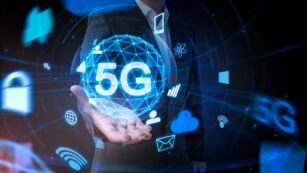 The manufacturing industry also benefits from the integration of 5G IoT. It supports the creation of smart factories, enhancing productivity and efficiency. The high-speed, low-latency connection allows for real-time data exchange between machines, leading to streamlined processes and driving Industry 4.0.
The manufacturing industry also benefits from the integration of 5G IoT. It supports the creation of smart factories, enhancing productivity and efficiency. The high-speed, low-latency connection allows for real-time data exchange between machines, leading to streamlined processes and driving Industry 4.0.
An exemplary display of this technology is the case of autonomous assembly line robots. These machines, backed by 5G IoT technology, share and analyze data in real-time, optimizing production processes and minimizing downtime. This heightened level of operational efficiency, in turn, amplifies productivity and ensures superior quality control.
Smart Cities and Infrastructure
The impact of 5G IoT is not limited to industries. It plays a pivotal role in transforming city infrastructure to support the creation of smart cities. Here, an array of devices, from traffic lights to waste management systems, connect within the 5G IoT network, making real-time, energy-efficient management possible.
A perfect example of this application of 5G IoT is smart grids, which optimize energy distribution and reduce waste. Automated street lighting systems, another illustration of 5G IoT applications, adjust illumination levels based on real-time data on pedestrian and vehicle traffic, substantially reducing energy consumption.
The 5G Internet of Things fundamentally changes the way industries and cities operate. Its capabilities of efficient connectivity, near-instant communication, and energy conservation set the stage for unparalleled technological advancements.
Challenges and Considerations in 5G IoT Deployment
While the transformative impact of 5G Internet of Things (IoT) is significant, it brings forth a unique set of challenges and considerations that demand attention. Among considerations, security ranks high. Confidentiality, privacy, and user data protection become crucial aspects with millions of connected devices exchanging information.
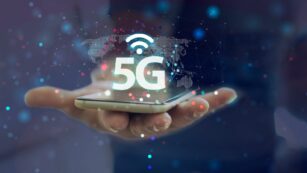 Further, the vastly increased network load imposes pressure on network infrastructure. This calls for robust, scalable solutions to support the growing number of 5G IoT devices. Additionally, interoperability poses a considerable challenge. Ensuring seamless interaction between various 5G IoT devices across different manufacturers, platforms, and protocols isn’t an easy task.
Further, the vastly increased network load imposes pressure on network infrastructure. This calls for robust, scalable solutions to support the growing number of 5G IoT devices. Additionally, interoperability poses a considerable challenge. Ensuring seamless interaction between various 5G IoT devices across different manufacturers, platforms, and protocols isn’t an easy task.
Lastly, despite 5G offering low latency and high speeds, it mandates vast deployments of small cells due to short coverage range. Consequently, the deployment cost could increase significantly. Furthermore, achieving the ideal power consumption efficiency for massive device connectivity continues to remain a concern. Overcoming these challenges seals the future of an empowered, efficient, and connected world through 5G IoT.
Despite these challenges, the potential for 5G IoT to revolutionize various sectors remains undeterred. It’s vital for stakeholders to strategically navigate these challenges and considerations to fully harness the power of the 5G IoT. This necessitates strategic planning, innovative solutions, robust security protocols and above all, the willingness to evolve and adapt with the rapidly morphing technology landscape.
Future Prospects of 5G IoT
As we’ve seen, 5G IoT holds great promise for revolutionizing various sectors. It’s set to redefine connectivity and communication, making them faster and more efficient than ever before. But it’s not without its challenges. Security, network pressure, interoperability, cost, and power efficiency are all hurdles to be surmounted.
Yet, the potential of 5G IoT remains untapped. The key lies in strategic planning and innovative solutions. By implementing robust security protocols and demonstrating adaptability, we can fully harness the power of this transformative technology.
While the road to 5G IoT may be laden with obstacles, there’s no denying its transformative potential. As we move forward, it’s clear that 5G IoT will play a pivotal role in shaping the future of industries worldwide.
